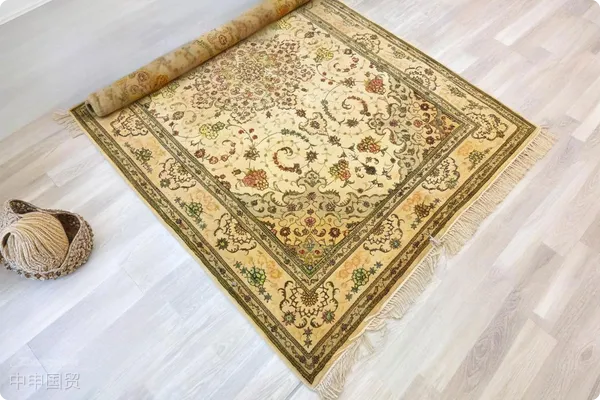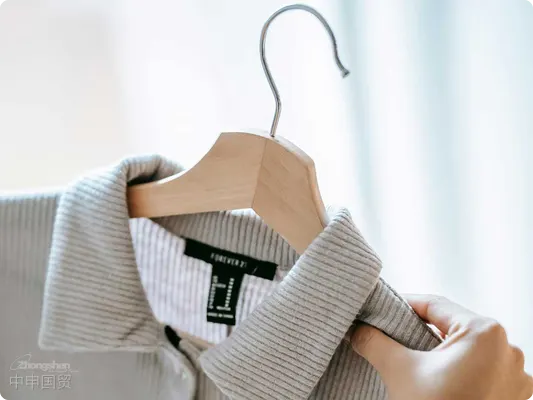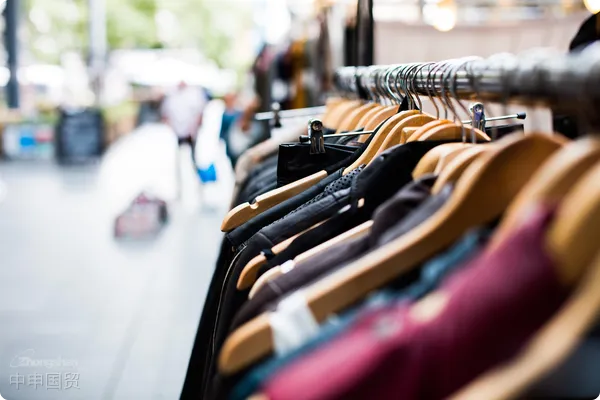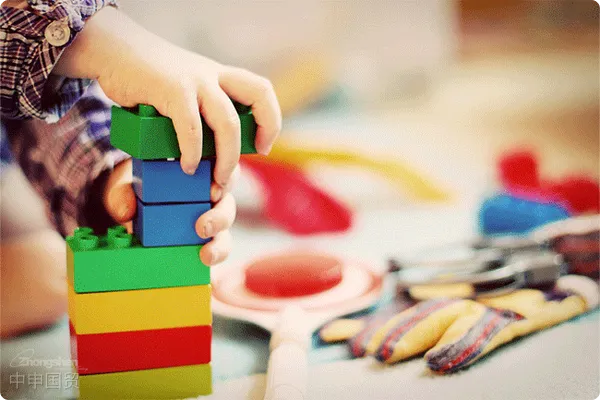- Shanghai Zhongshen International Trade Co., Ltd. - Two decades of trade agency expertise.
- Service Hotline: 139 1787 2118
In the sweltering summer, when we are outdoors, we cant help but squint and wrinkle our eyes, trying to reduce the suns irritation to our eyes. However, the human eyes ability to adjust in strong sunlight is limited. At this time, sunglasses become a must - have for us. They can not only block the sun but also relieve eye fatigue. But do you know thatimport and exportDuring the process, there are many key business and technical requirements that need attention. Lets take an in - depth look.
I. Customs Classification and Declaration Elements of Sunglasses
II. Domestic and Foreign Technical Standards and Requirements
China
Since December 1, 2021, China has implemented a new version of the mandatory national standard. These standards not only specify the basic structure and materials of sunglasses but also detail their optical properties, fatigue resistance, flame - retardant properties, impact resistance, etc. These regulations ensure that sunglasses can effectively block ultraviolet rays, reduce glare, and provide sufficient mechanical strength to prevent accidental damage.
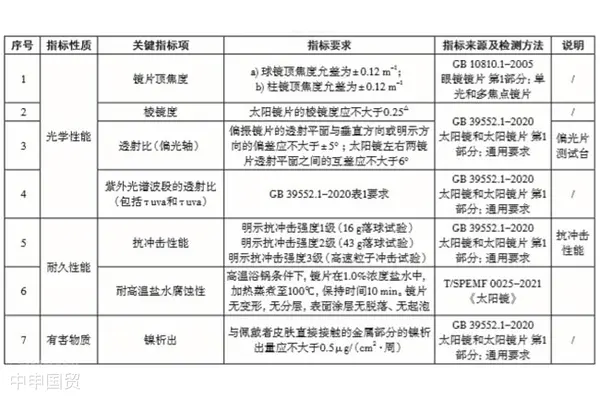
United States
The sunglasses standard in the United States is mainly based on ANSI Z80.3 - 2018. This standard details various performance requirements of sunglasses, covering everything from impact resistance to optical properties. In addition, the US FDA classifies sunglasses asMedical Equipmentwhich means that sunglasses exported to the United States need to be registered and certified by the FDA to ensure their safety and effectiveness.
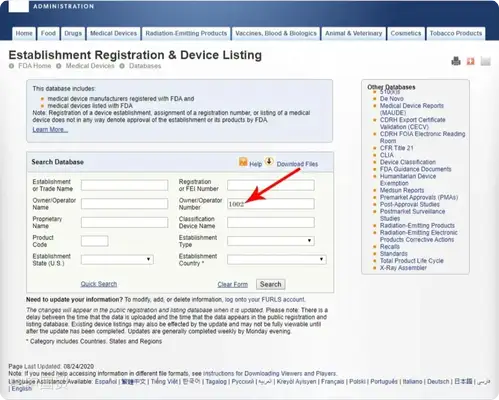
European Union
The latest standard EN ISO 12312 - 1:2022 issued by the European Committee for Standardization (CEN) is the technical standard for sunglasses in the EU. Similar to other standards, it covers various performance requirements of sunglasses, with detailed regulations from optical attributes to physical properties. In the EU, sunglasses also need to undergo CE certification to ensure they meet the requirements of the Personal Protective Equipment Directive.
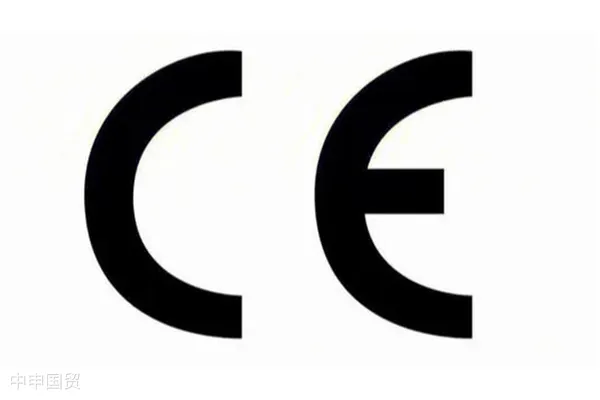
South Korea
The sunglasses standard in South Korea is based on KS G ISO 12312 - 1:2021. This standard is very similar to those of other countries and specifies various performance requirements of sunglasses. In addition, South Korea also implements KC certification for sunglasses to ensure they meet domestic safety and quality requirements.
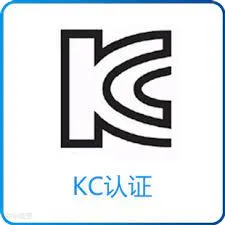
Australia/New Zealand
Australia and New Zealand adopt the AS/NZS 1067:2016 standard. This standard particularly emphasizes the importance of ultraviolet protection and details the ultraviolet protection levels of sunglasses. In addition, the standard also specifies other performance requirements of sunglasses, such as wear resistance and flame - retardant properties.
III. Other Reminders
Although sunglasses are our good helpers in summer, choosing the wrong lenses or frames may harm the eyes. Therefore, when choosing sunglasses, the following points should be noted:
(1) Carefully check the label information to ensure it includes the product name, trademark, manufacturer information, execution standard number, and quality certificate.
(2) Choose high - quality lenses to ensure their surface is flat, without warping, scratches, and bubbles.
(3) Select the appropriate lens type according to your needs. For example, polarized sunglasses can filter out reflected glare.
Sunglasses are not only a fashionable accessory in summer but also an important tool for eye protection. However, when importing and exporting, various business and technical requirements need to be noted to ensure product quality and safety.
The above content is sourced from the customs release.ZhongShen International TradeAs a one - stop importExport RepresentationService providers can provide customized import and export solutions for various industries. If you needforeign tradeFor import and export agency services, please feel free to contact our company for business inquiries. The consultation hotline is 139 - 1787 - 2118.
Related Recommendations
? 2025. All Rights Reserved. 滬ICP備2023007705號-2  PSB Record: Shanghai No.31011502009912
PSB Record: Shanghai No.31011502009912
